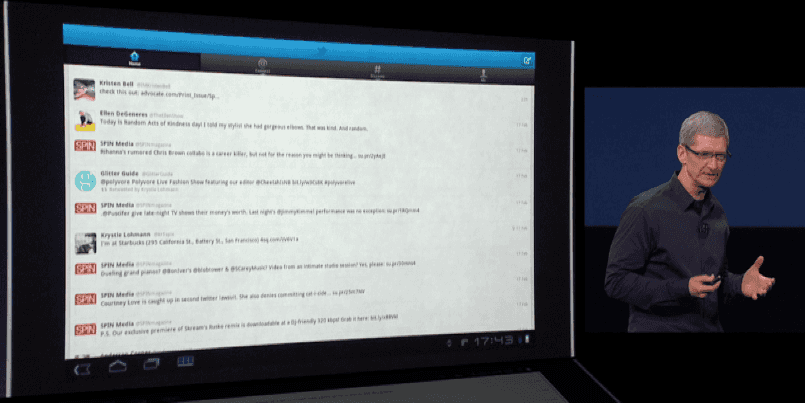The new iPad Pro is out and the review are pretty consistent. The hardware is amazing, but held back by the limitations of the software, and that software limitation prevents certain workflows from being viable. Every year that list seems to get a little shorter; Dom Esposito was able to produce his iPad Pro review for YouTube on it (in 4K, no less), Shawn Blanc is doing production photography work on an iPad and a Leica camera, and of course there’s Federico Viticci’s ever-evolving list of workflows to get the most out of the iPad’s multitasking capabilities. With Apple’s silicon team doing some of the best work in the industry, and with GeekBench scores rivaling laptops in bursts, it’s not hard to see why people want to replace desktops with these things; I’ve argued for three years (to the day, apparently) that the iPad Pro needs Xcode.
But there is one type of workflow that, for 8 years, has been difficult to hit on an iPad. Building software.
You don’t want to be limited by the availability of pre-programmed cartridges. You’ll want a computer, like Apple, that you can also program yourself.
Apple print ad, 1978
In many ways, this is a foundational part of the definition of a computer. Apple’s said as much in their ads. The Macintosh has always been an open, developer-friendly platform. And Apple has an excellent and compatible web engine in WebKit that developers can run web apps on. Apple’s history was one that helped small and large companies build Macintosh software, and with Cocoa helped many new developers (including me) build amazing apps for its general purpose computers. But in 2018, it’s an unsolved problem on iPads, one that is viable on competitor tablets like Microsoft’s Surface line and Google’s Pixel tablets. What’s holding it back?



